HTML
--> --> -->The Skyrme energy density functional theory is one of the most important approaches in microscopic studies of the nuclear structure [41–44]. It has been used to investigate the bulk properties and microscopic structure of stable and exotic nuclei [45–48]. In recent years, many studies have shown that the Skyrme tensor force plays a crucial role in describing the exotic nuclear structure [49–63]. The details of the Skyrme energy density functional with the tensor force can be found in a recent review [64]. In fact, the tensor force was included in the Skyrme interaction when it was proposed [65]. However, the tensor component was usually neglected in nuclear structure studies because of its complexity, instability, and small influence on the nuclear structure. Thus, in most Skyrme parametrizations, the tensor force has not yet been included. In order to study its effect on exotic nuclear structures, the tensor force was usually added as a perturbation to the Skyrme parametrization, for example the SLy5+T parametrization [51, 64]. Lesinski et al. proposed 36 sets of TIJ parametrizations which include the tensor force using the SLy interaction fit protocol [54], in which the spin-orbit strength
The properties of the extreme neutron-rich Ca isotopes have been investigated using various models [6, 13, 14, 16, 17, 66–74]. For example, a neutron giant halo in some nuclei near the neutron drip-line was predicted by the relativistic continuum Hartree-Bogoliubov (RCHB) method [66–68], which is one of the most interesting studies of the extreme neutron-rich Ca isotopes. The giant halo in the very neutron-rich Ca isotopes has also been studied in the SHFB theory. It was found that the existence of the giant halo is strongly dependent on the Skyrme parametrization [69–71]. However, the tensor force has not been considered in these studies. The tensor force effect on the exotic nuclear structure has been discussed in the relativistic Hartree-Fock theory, such as the giant halo structure of Ce isotopes [75], and the evolution of single-particle energies of Ca isotopes [76, 77]. Therefore, it is of current interest to study the giant halo and other exotic structures of Ca isotopes in the Skyrme mean-field theory with the tensor force.
In this work, we first test the Skyrme interactions including the tensor force in the framework of the SHFB approach by comparing our systematic calculations with the experimental data for Ca isotopes, and determine the Skyrme interactions that lead to reliable predictions of exotic nuclear structures of Ca isotopes. We then search for the giant halo and other exotic structures in nuclei near the neutron drip-line with the selected interactions.
The paper is organized in the following way. In Sec. 2, the SHFB theoretical framework is introduced. The numerical results and corresponding discussions are given in Sec. 3. In the last section, conclusions are drawn.
$ V_{\rm Skyrme} = V_{12}+V_{12}^{T}, $  | (1) |
$ \begin{split} V_{12} =& t_{0}\left( 1+x_{0}P_{\sigma }\right) \delta ({{r}}_{1}-{{r}}_{2}) \\ &+\frac{1}{2}t_{1}\left( 1+x_{1}P_{\sigma }\right) \left[ \delta ({{r}}_{1}-{{r}}_{2}){{k}}^{^{\prime }2}+\delta ({{r}}_{1}-{{r}}_{2}){{k}}^{2}\right] \\ &+t_{2}\left( 1+x_{2}P_{\sigma }\right) \delta ({{r}}_{1}-{{r}}_{2}){{k}}^{\prime }\cdot {{k}} \\ & +\frac{1}{6}t_{3}\left( 1+x_{3}P_{\sigma }\right) \delta ({{r}}_{1}-{{r}}_{2})\rho ^{\gamma }\left( \frac{1}{2}({{r}}_{1}-{{r}}_{2})\right) \\ & +iW_{0}\delta ({{r}}_{1}-{{r}}_{2})\left( \sigma _{1}+\sigma _{2}\right) \cdot {{k}}^{\prime }\times {{k}}, \end{split} $  | (2) |
$\begin{split} V_{12}^{T} =& \frac{T}{2} \left[ \left( \sigma _{1}\cdot {{k}}^{\prime }\right) \left( \sigma _{2}\cdot {{k}}^{\prime }\right) -\frac{1}{3}\left( \sigma _{1}\cdot \sigma _{2}\right) {{k}}^{\prime 2}\right] \delta \left( {{r}}_{1}-{{r}}_{2}\right) \\ & +\frac{T}{2}\delta \left( {{r}}_{1}- {{r}}_{2}\right) \left[ \left( \sigma _{1}\cdot {{k}}\right) \left( \sigma _{2}\cdot {{k}}\right) -\frac{1}{3}\left( \sigma _{1}\cdot \sigma _{2}\right) {{k}}^{2}\right] \\ & +\frac{U}{2}\left[ \left( \sigma _{1}\cdot {{k}}^{\prime }\right) \delta \left( {{r}}_{1}- {{r}}_{2}\right) \left( \sigma _{2}\cdot {{k}}\right) \right.\\&\left.+\left( \sigma _{2}\cdot {{k}}^{\prime }\right) \delta \left( {{r}}_{1}- {{r}}_{2}\right) \left( \sigma _{1}\cdot {{k}}\right) \right] \\ & -\frac{1}{3}U\left( \sigma _{1}\cdot \sigma _{2}\right) {{k}}^{\prime }\cdot \delta \left( {{r}}_{1}- {{r}}_{2}\right) {{k}}, \end{split} $  | (3) |
In the pairing channel, a zero range density dependent pairing interaction is used [44]
$ V_{\rm pair} = \left( t_{0}^{\prime }+\frac{t_{3}^{\prime }}{6}\rho ^{\gamma ^{\prime }}\right) \delta, $  | (4) |
$ \begin{split}\Delta _{p} =& \frac{1}{8}[B(Z+2,N)-4B(Z+1,N)+6B(Z,N) \\ & -4B(Z-1,N)+B(Z-2,N)],\end{split} $  | (5) |
The total energy E is the sum of the kinetic, usual Skyrme, pairing, Coulomb, and tensor terms
$ \begin{split}E =& K+E_{\rm Skyrme}+E_{\rm Pair}+E_{\rm Coul}+E_{\rm Tensor} \\ =& \int {\rm d}^{3}{{r}}\left[ k({{r}})+\varepsilon _{\rm Skyrme}({{r}} )+\varepsilon _{\rm Pair}({{r}})+\varepsilon _{\rm Coul}({{r}})+\varepsilon _{\rm Tensor}({{r}})\right] . \end{split} $  | (6) |
$ \varepsilon _{\rm Tensor}(r) = \frac{5}{24}(T+U)J_{n}J_{p}+\frac{5}{24}U(J_{n}^{2}+J_{p}^{2}). $  | (7) |
$ \begin{split} J_{q}(r) =& \frac{1}{4\pi r^{3}}\sum\limits_{i}\left( 2j_{i}+1\right) \\ & \times \left[ j_{i}\left( j_{i}+1\right) -l_{i}\left( l_{i}+1\right) -\frac{3}{4}\right] R_{qi}^{2}(r). \end{split} $  | (8) |
The spin-orbit field with the tensor contribution has the following form [49–64]
$ \begin{split} B_{q} =& \frac{W_{0}}{2r}\left( 2\frac{{\rm d}\rho _{q}}{{\rm d}r}+\frac{{\rm d}\rho _{q^{\prime }}}{{\rm d}r}\right) \\ & +\left[ \frac{1}{8}\left( t_{1}-t_{2}\right) -\frac{1}{8}\left( t_{1}x_{1}+t_{2}x_{2}\right) +\frac{5}{12}U\right] \frac{J_{q}}{r} \\ & +\left[ \frac{5}{24}(T+U)-\frac{1}{8}\left( t_{1}x_{1}+t_{2}x_{2}\right) \right] \frac{J_{q^{\prime }}}{r}. \end{split}$  | (9) |
The expressions for the normal effective mass
The above mentioned fields can be written in a matrix form
$ \mathcal{M} = \left( \begin{array}{cc} M & \widetilde{M} \\ \widetilde{M} & -M \end{array} \right) ,\mathcal{U} = \left( \begin{array}{cc} U-\lambda & \widetilde{U} \\ \widetilde{U} & -U+\lambda \end{array} \right), $  | (10) |
$ \mathcal{U}_{so} = \left( \begin{array}{cc} B & \widetilde{B} \\ \widetilde{B} & -B \end{array} \right) \frac{j(j+1)-l(l+1)-\frac{3}{4}}{2r}. $  | (11) |
$ \left[ -\frac{{\rm d}}{{\rm d}r}\mathcal{M}\frac{{\rm d}}{{\rm d}r}+\mathcal{U}+\mathcal{M}\frac{l(l+1) }{r^{2}}+\frac{\mathcal{M}^{\prime }}{r}+\mathcal{U}_{so}\right] \left( \begin{array}{c} u_{1} \\ u_{2} \end{array} \right) = E\left( \begin{array}{c} u_{1} \\ u_{2} \end{array} \right), $  | (12) |
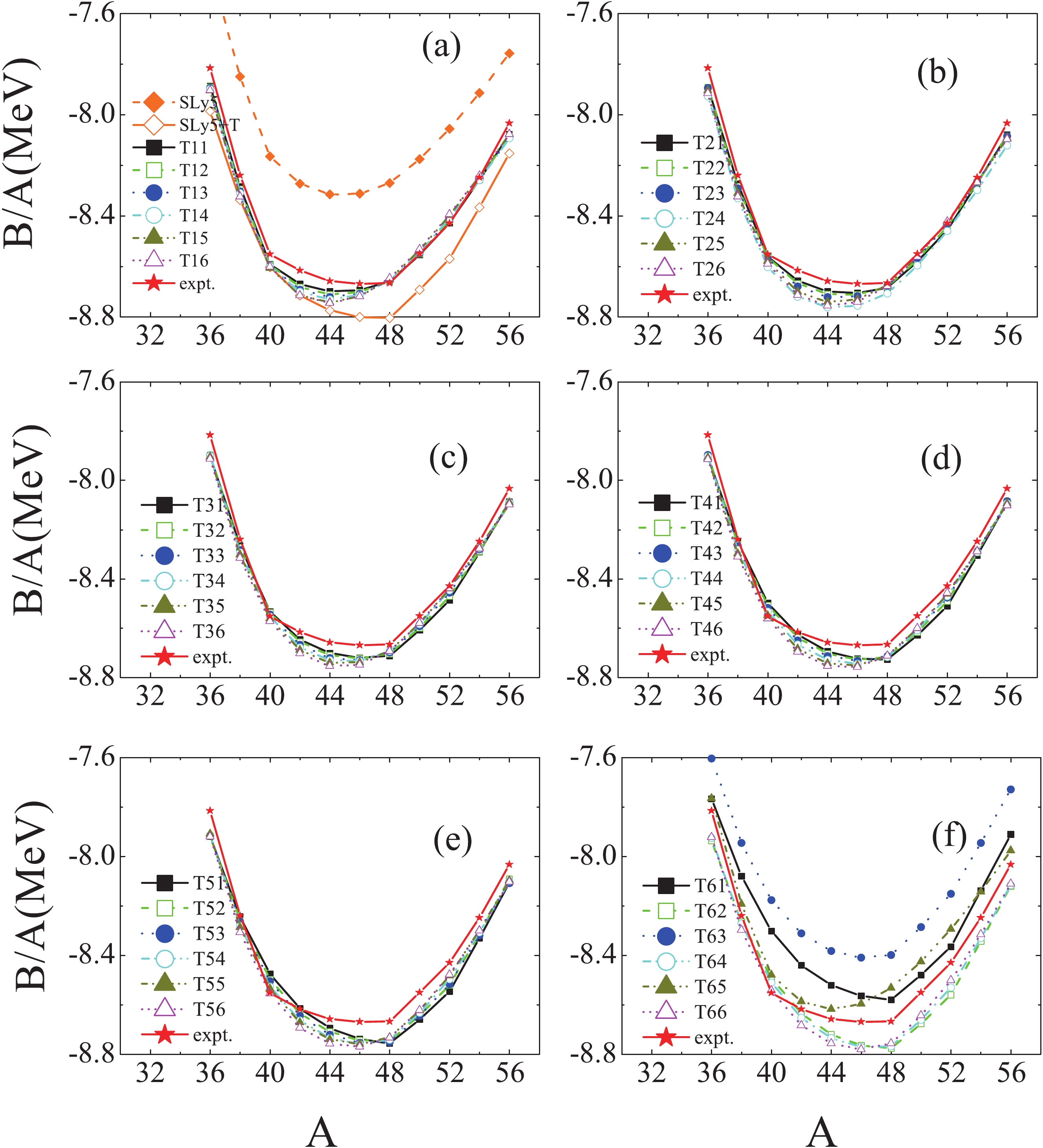 Figure1. (color online) The average binding energies B/A of Ca isotopes calculated using SLy5, SLy5+T and 36 sets of TIJ parametrizations. The red stars represent the experimental values taken from Refs. [31, 35–38].
Figure1. (color online) The average binding energies B/A of Ca isotopes calculated using SLy5, SLy5+T and 36 sets of TIJ parametrizations. The red stars represent the experimental values taken from Refs. [31, 35–38].From Fig. 1, it is seen that the experimental data for B/A can be reproduced accurately by the Skyrme interactions, except for the SLy5, T61, T63 and T65 parametrizations. In the case of T61, T63 and T65 parametrizations, the deviation between the experimental and calculated values is small. The deviation in the case of SLy5 interaction can be as large as 0.5 MeV. Comparing the results of SLy5 parametrization with SLy5+T, it is found that the experimental data are reproduced significantly better with the SLy5+T interaction, which indicates that the isospin dependence of B/A can be improved by adding the tensor force to the Skyrme parametrizations.
We extract the two-neutron separation energies
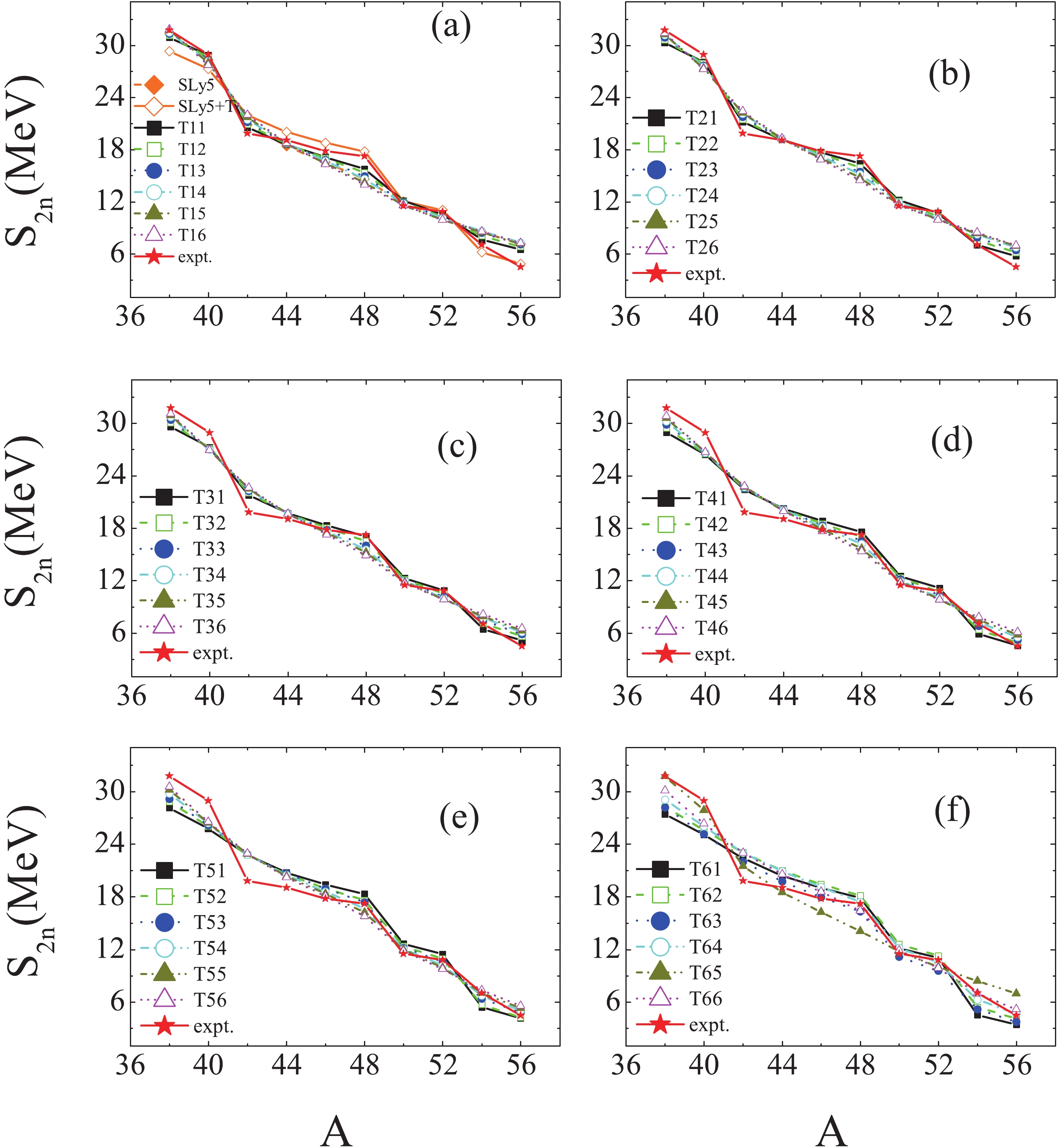 Figure2. (color online) Same as Fig. 1, but for
Figure2. (color online) Same as Fig. 1, but for  Figure3. (color online) Comparison between the experimental data and calculated
Figure3. (color online) Comparison between the experimental data and calculated The experimental data for the charge radii
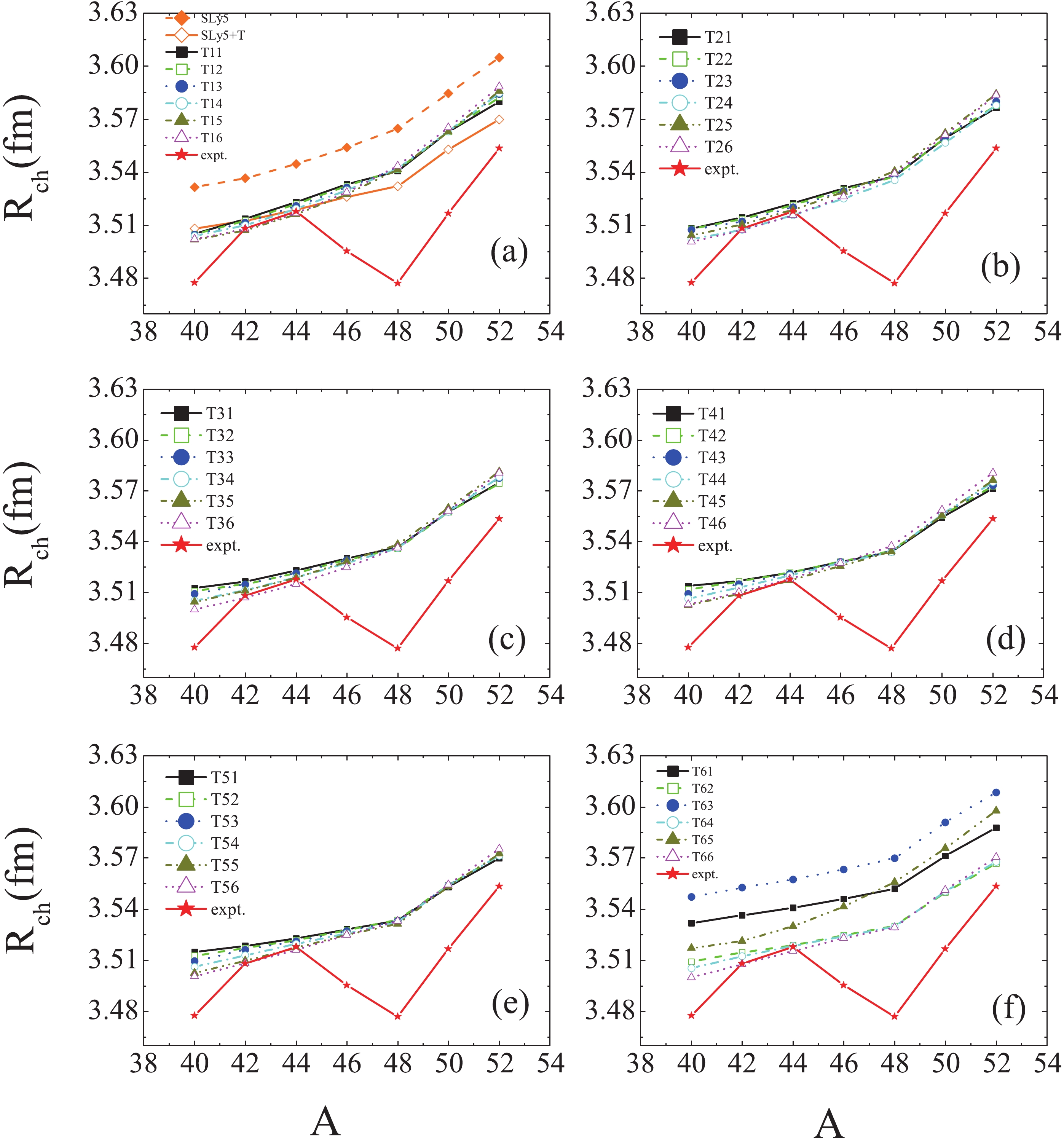 Figure4. (color online) Same as Fig. 1, but for
Figure4. (color online) Same as Fig. 1, but for According to the above discussion, the SLy5+T, T31 and T32 interactions may be seen to describe best the experimental data for Ca isotopes. In the following, we predict the properties of the very neutron-rich Ca isotopes using the SLy5+T and T31 parametrizations and compare them with the results obtained with the SLy5 parametrization.
The
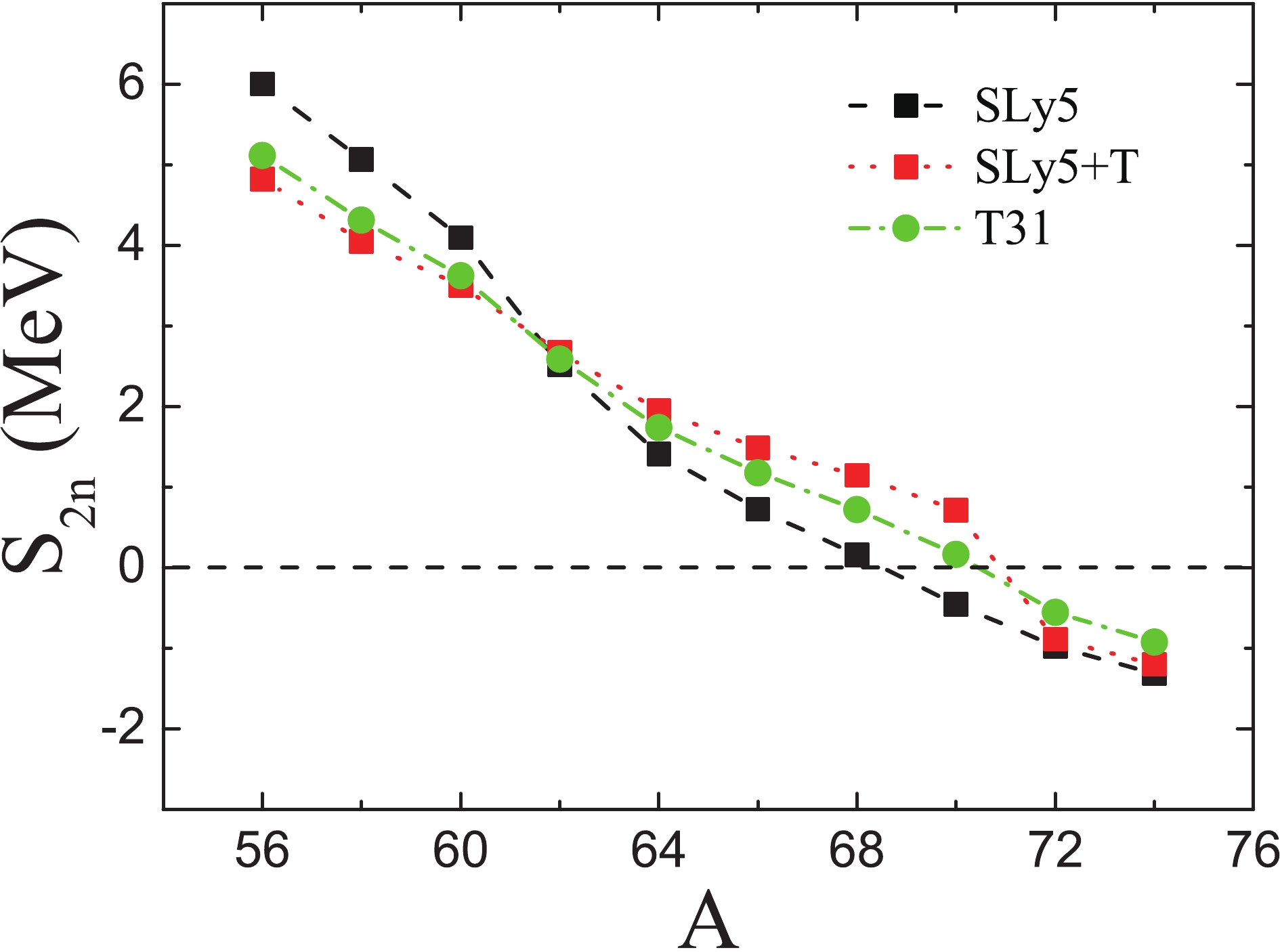 Figure5. (color online)
Figure5. (color online) In Fig. 6 , we show the neutron radii
 Figure6. (color online)
Figure6. (color online)   | SLy5 | SLy5+T | T31 | ||||||||
| E /MeV |   |   | E /MeV |   |   | E /MeV |   |   | |||
  | ?6.27 | 0.977 | 4.46 | ?4.81 | 0.982 | 4.52 | ?4.83 | 0.968 | 4.56 | ||
  | ?0.71 | 0.784 | 5.03 | ?2.45 | 0.967 | 4.91 | ?2.00 | 0.921 | 4.97 | ||
  | 0.37 | 0.747 | 13.19 | 0.29 | 0.432 | 11.93 | 0.21 | 0.331 | 10.43 | ||
  | 0.90 | 0.095 | 7.79 | 0.67 | 0.138 | 6.91 | 0.57 | 0.186 | 6.66 | ||
| Fermi energy | 0.49 | – | – | 0.25 | – | – | 0.13 | – | – | ||
Table1.The properties of the single-neutron states near the Fermi energy of 72Ca obtained with the SLy5, SLy5+T and T31 interactions. E,
In order to further study the giant halo structure, the neutron density distribution in Ca isotopes obtained with the SLy5+T and T31 interactions are plotted in Fig. 7. Since the density distribution in the exterior region is related to the skin and halo structures, the logarithmic neutron density is shown in the insets of this figure to indicate more clearly the density distribution in the exterior region. From the two insets in Fig. 7, it is seen clearly that the neutron density tail becomes longer as N increases. Nevertheless, the tails for nuclei near the neutron drip-line are shorter and thinner than those obtained with the RCHB approach [67]. This suggests that the existence of a neutron giant halo in the extreme neutron-rich Ca isotopes is not supported by the spherical SHFB calculations. It is also seen from the insets in Fig. 7 that the tail of 70Ca obtained with the T31 interaction is wider than with the SLy5+T interaction, which is caused by the difference of the squared radial wave functions of the
 Figure7. (color online) Neutron density distribution in Ca isotopes obtained with the SLy5+T and T31 interactions. The insets are the same plots in logarithmic scale.
Figure7. (color online) Neutron density distribution in Ca isotopes obtained with the SLy5+T and T31 interactions. The insets are the same plots in logarithmic scale.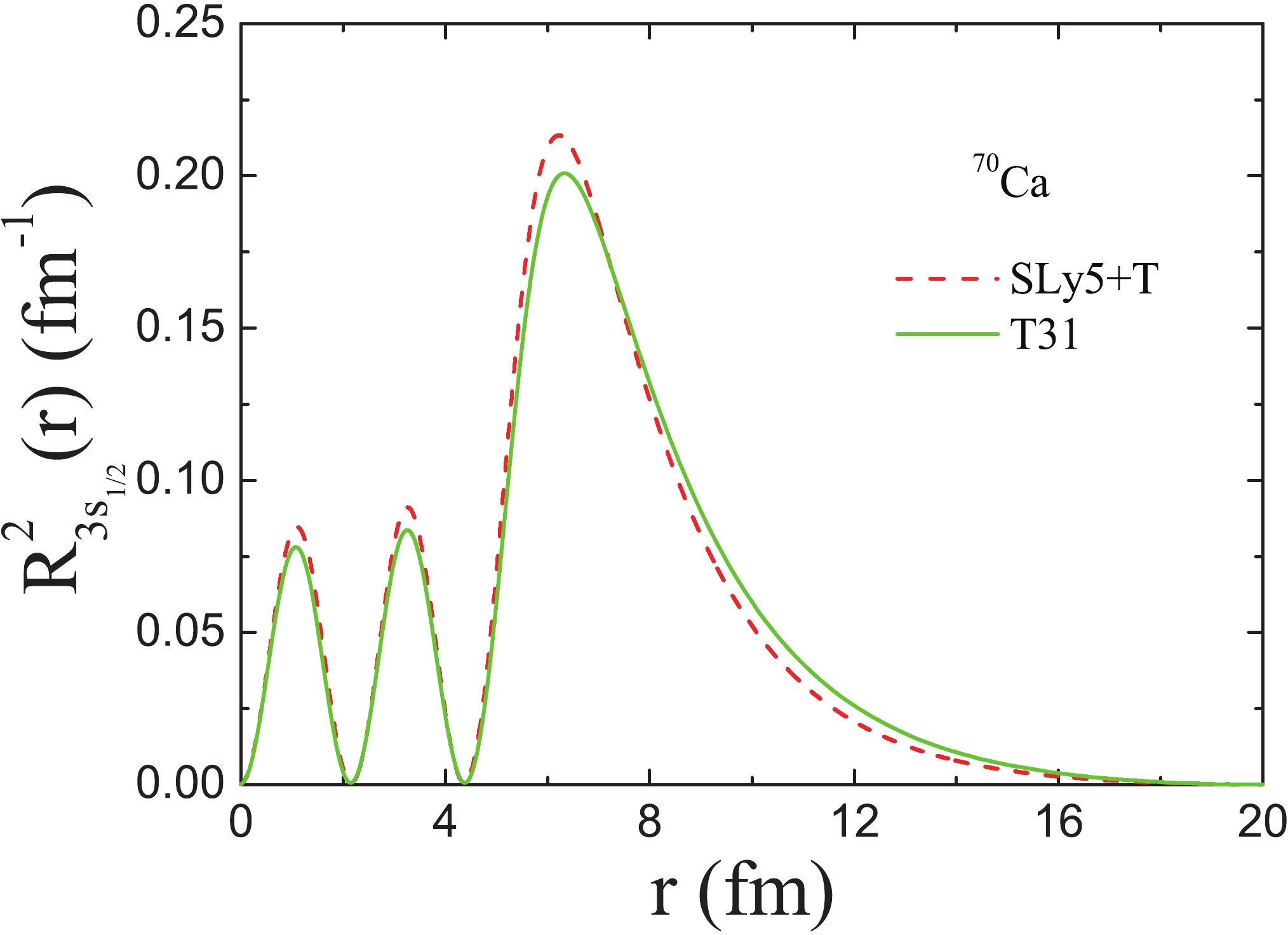 Figure8. (color online) Radial wave function squared of the neutron
Figure8. (color online) Radial wave function squared of the neutron From Figs. 5-8, one can see that the details of the nuclear structure of the extreme neutron-rich Ca isotopes are different for the SLy5+T and T31 interactions, although both were selected as best. In Ref. [54], 36 sets of the TIJ parametrizations were analyzed in order to determine the impact of the tensor force on a large variety of observables in calculations with a pure mean-field. Combining the work of Lesinski et al. [54] and our calculations, it seems that it is even more important to analyze the effects of the tensor force by comparing the details of different tensor forces, although it is essential to find best parametrizations of the tensor force based on experimental data. Moreover, in addition to the TIJ interactions, other Skyrme parametrizations with the tensor force, such as SLy5+T
| Two-neutron drip line | Skyrme parametrization sets |
| 70Ca | T41, T42, T51, T52, T53, T61, T62, T64, SIII+T |
| 68Ca | T21, T22, T32, T33, T34, T43, T44, T45, T46, T54, T55, T56, T63, T66, SIII+Tnew, Skxta |
| 66Ca | T11, T12, T13, T14, T23, T24, T25, T26, T35, T36, SLy5+Tnew, T41new |
| 64Ca | T15, T16, T65, SLy5+Tw, Skxtb |
Table2.Predicted location of the two-neutron drip line in Ca isotopes obtained with different Skyrme parametrizations containing the tensor force.
 Figure9. (color online) Single-neutron energy levels in 68Ca obtained with the T22, T32, T43, T56, T63, T66, SIII+T
Figure9. (color online) Single-neutron energy levels in 68Ca obtained with the T22, T32, T43, T56, T63, T66, SIII+TIn addition to the properties of the exterior region, the neutron density distribution in the interior region can be clearly seen in Fig. 7 in the normal scale. For 34Ca, the central density is depleted significantly. The nucleus with a depleted central density is called a “bubble” nucleus, and the depletion is caused by the lower occupation probability of the s state. The discussion of its formation mechanism can be found in the relevant studies [53, 81–92]. To our surprise, bubble-like structures can also be found in 52-70Ca, which is different from the predictions of RCHB. To explain this phenomenon, we plot in Fig. 10 the neutron mean-potential in 34,40,50,60,64,70Ca obtained with the SLy5+T interaction. For the mean-potential in 34,60,64,70Ca, there is a maximum at r = 0 and a minimum at some distance. The mean-potential looks like a “wine-bottle” in the region of small r . Due to the “wine-bottle” shaped mean-potential, the single-neutron energy level with a low orbital angular momentum l is pushed up, while the one with a large l is pulled down. As a result, the ordering of the energy levels can be changed, and the central density lowered. However, the bottom of the mean-potential in 40,50Ca is flat, so that a bubble-like structure can not be found. Therefore, we may conclude that the density distribution in the nuclear interior is strongly dependent on the shape of the bottom of the mean-potential.
 Figure10. (color online) Neutron mean-potential in 34,40,50,60,64,70Ca obtained with the SLy5+T interaction.
Figure10. (color online) Neutron mean-potential in 34,40,50,60,64,70Ca obtained with the SLy5+T interaction.We thank professors Shangui Zhou, Ramon Wyss, Roberto Liotta, and Fengshou Zhang for helpful discussions.
